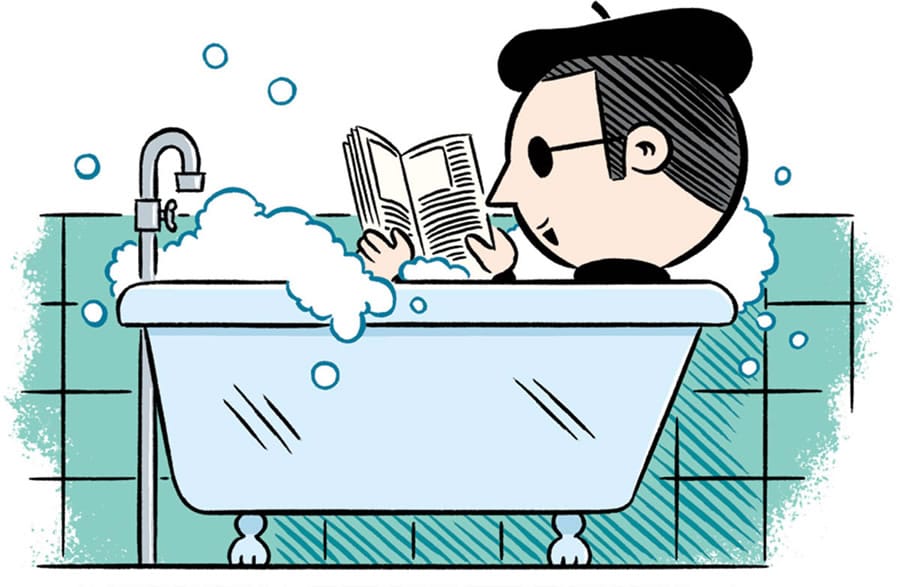
Elements in Poem essay
The poem La Belle Dame Sans Merci is one of the samples of the narrative poetry, where the poet tells the story that happens to the narrator. The poet uses the narrative style to convey his story to the audience and uncover his internal world, his mood and convey the main theme of the poem revealing the contrast between his dreams and severe reality.
At the same time, the poet uses miraculous elements, which bring in mystery and elements of fairy into the story. For instance, while depicting the lady, whom the narrator encounters, the poet refers to the elf world, as if the lady was not a human being but rather a vision, a being from the miraculous and supernatural world.
The language of the poem is rich in different figures of speech, which the author uses to stress the beauty of the lady, which he has encountered and his admiration. For instance, the author uses the repetition at the beginning of the poem as the first and second versus starts with “O what can ail thee, knight-at-arms!” (Keat, 1;5). In such a way, the author attempts to draw the attention of the audience to what he has observed.
The use of metaphors makes the language of the poem more vivid and interesting:
I see a lily on thy brow
With anguish moist and fever dew,
And on thy cheeks a fading rose
Fast withereth too. (Keats, 9-12).
I
The picturesque language makes the poem stylistically rich and leads the audience into the miraculous world, where the lady, whom the narrator has encountered, lives. The beauty of the lady, whom the narrator has encountered, is incomparable to the beauty of any living human. This is why the author uses metaphors comparing the lady to beautiful rose and lily.
The author uses analogy to show the innocence and beauty of the lady he encountered:
I met a lady in the meads,
Full beautiful—a faery’s child,
Her hair was long, her foot was light,
And her eyes were wild. (Keats, 13-16)
In such a way,
The use of analogy is apparently intentional since children are traditionally associated with innocence and the poet attempts to emphasize the innocence and simplicity of the lady building up the analogy between her and a child.
Furthermore, the use of epithets helps to depict the beauty of the wonderful lady, whom the narrator encounter, such as “beautiful” lady with “wild” eyes. By the way, the author stresses the “widelrness” of the lady he has encountered through the use of anaphora:
And there I shut her wild wild eyes (Keats, 31)
The poet refers to the wilderness of the lady to stress her difference from other women, whose reserved and quiet behavior was considered to be virtuous in the time of Keats.
The climax of the poem is quite unexpected and even paradoxical in a way, since the lady and her beautiful world, which the author described almost throughout the entire poem, turns out to be just a mere dream:
And I awoke and found me here,
On the cold hill’s side (Keats, 43-44)
The ending of the poem reveals the desperate condition of the poet, who is disenchanted in the severe reality, which he lives compared to the beautiful dream, from which he has just awaken:
And this is why I sojourn here,
Alone and palely loitering,
Though the sedge is wither’d from the lake,
And no birds sing (Keats, 45-48).
Such winding up of the story gives implications to view the overall mood of the poet pessimistic or, to put it more precisely, disenchanted because he apparently cannot afford the severe reality any more. Instead, he prefers to escape to his dream, where he can find the miraculous and beautiful lady, who loves him.
On the other hand, the author is aware that the beautiful lady and the miraculous world she lives in are unattainable for him. This fact makes him even more desperate and he regrets that what he has just told was just a dream. At the same time, the rapid awakening of the narrator from the dream involves the use of paradox since the audience shifts unexpectedly and strangely from the wonderful world to the severe reality. In such a way, the admired tone of the narrative turns into the depressive one by the end of the poem and so does the mood of the poem. In general, the audience gets engaged in the story line as the poet tells his story and apparently readers can hardly keep from being sympathetic to the narrator, when the whole story turns out to be just a dream.
At the same time, the author uses the dream and the awakening from the dream as an effective tool to uncover one of the main themes of the poem, the theme of the wide gap between the reality and one’s dream. The narrator dreams of the beautiful lady living in a wonderful world, while, in reality, he lives on his own in a dark and gloomy world.
Thus, the author uses the narrative style to show his revelation from the dream to reality, while the stylistically reach language engages the audience and make readers feel being sympathetic to the narrator.

